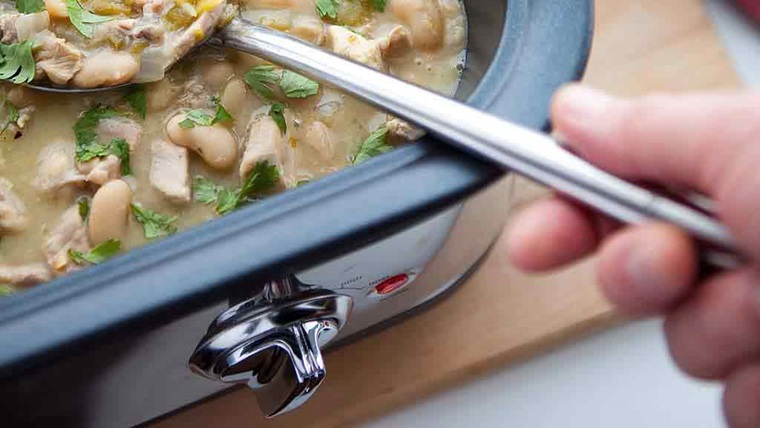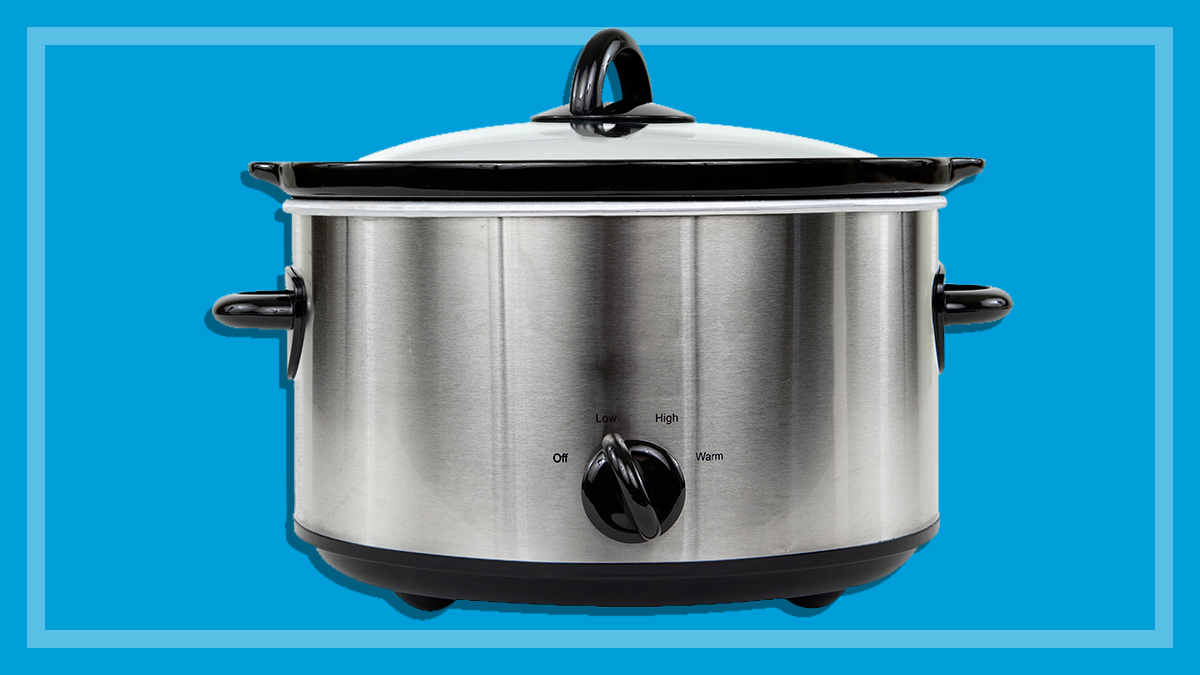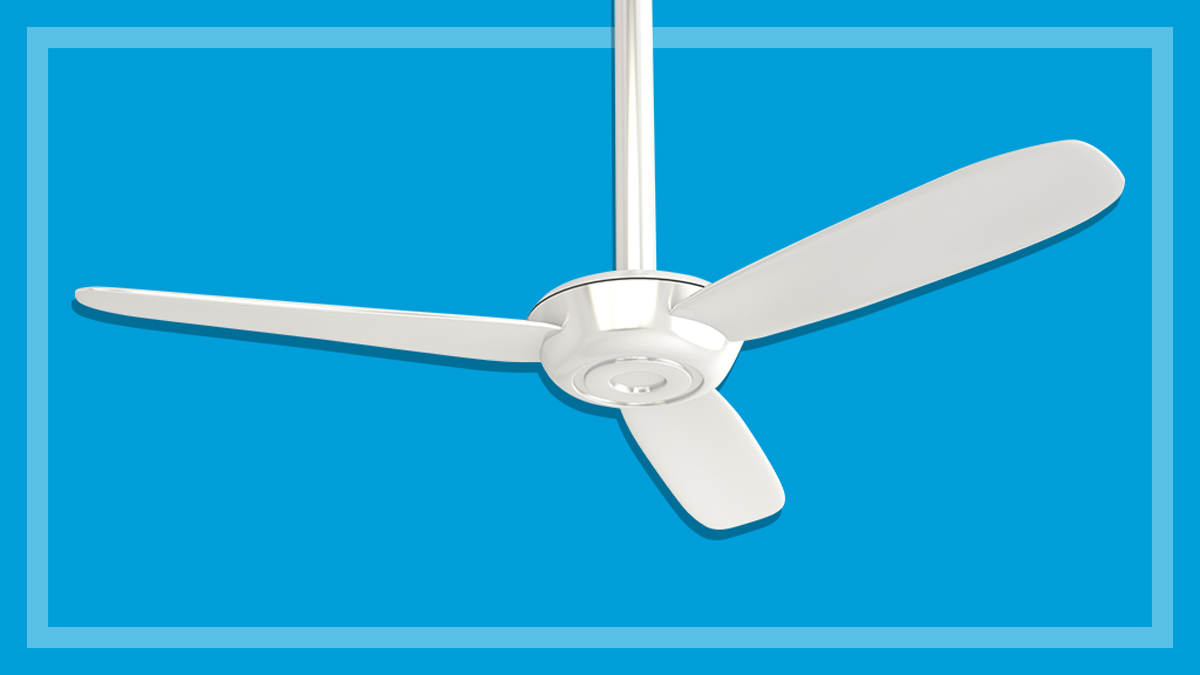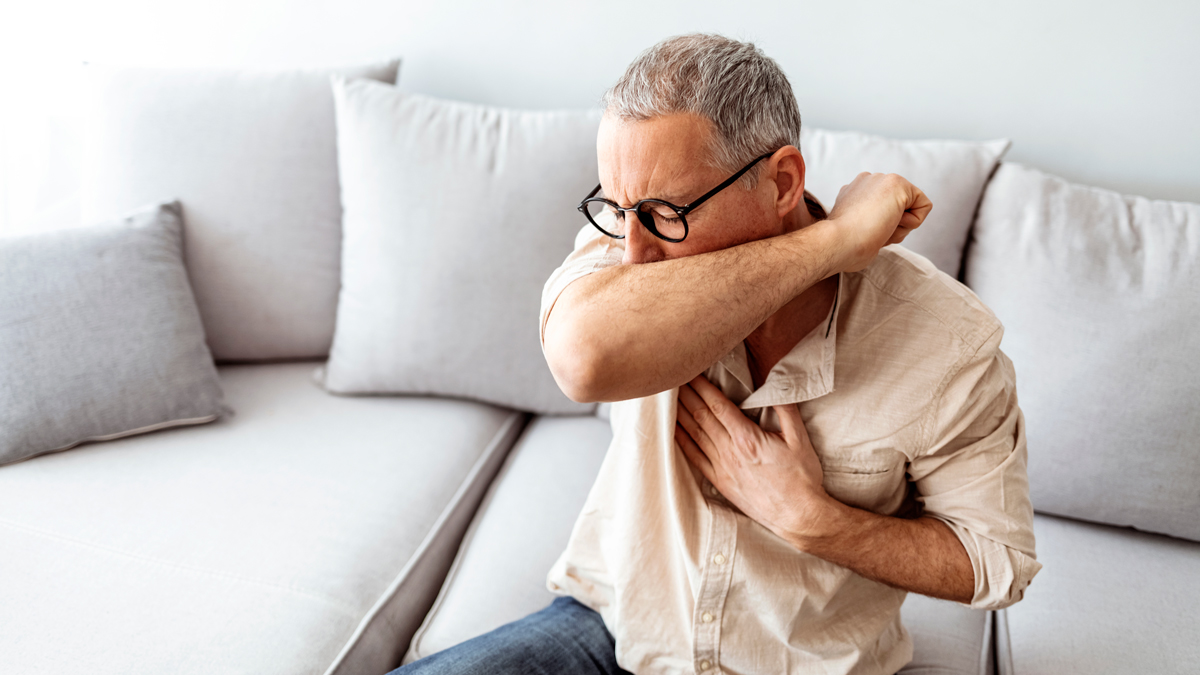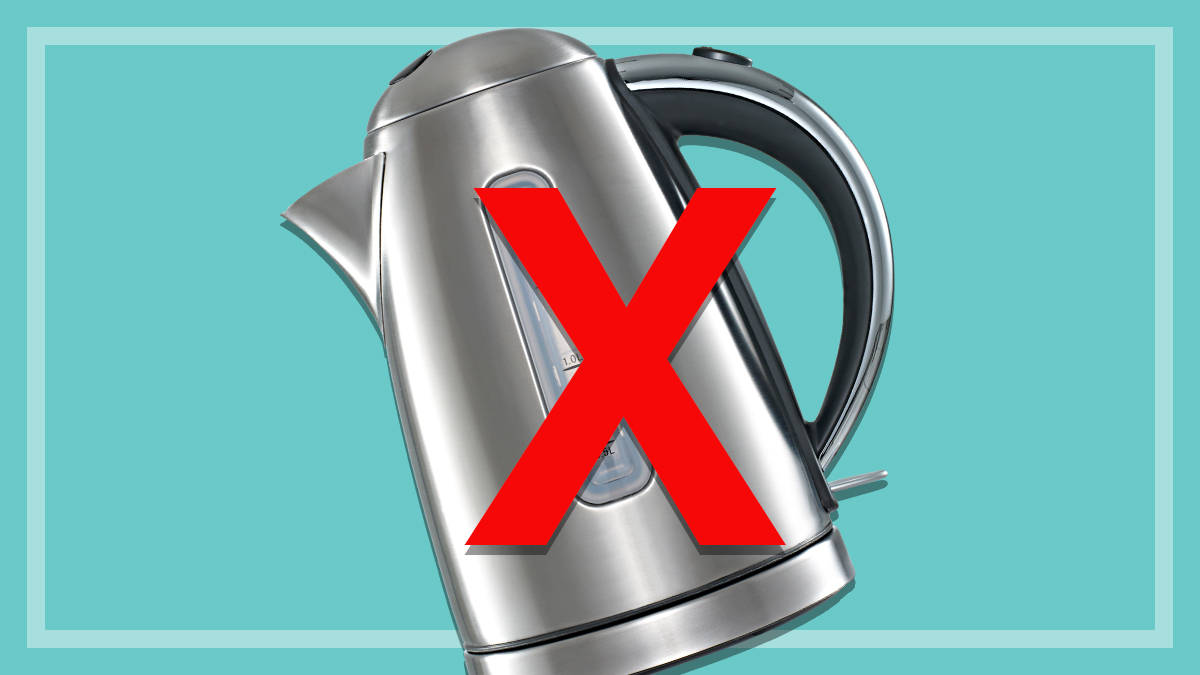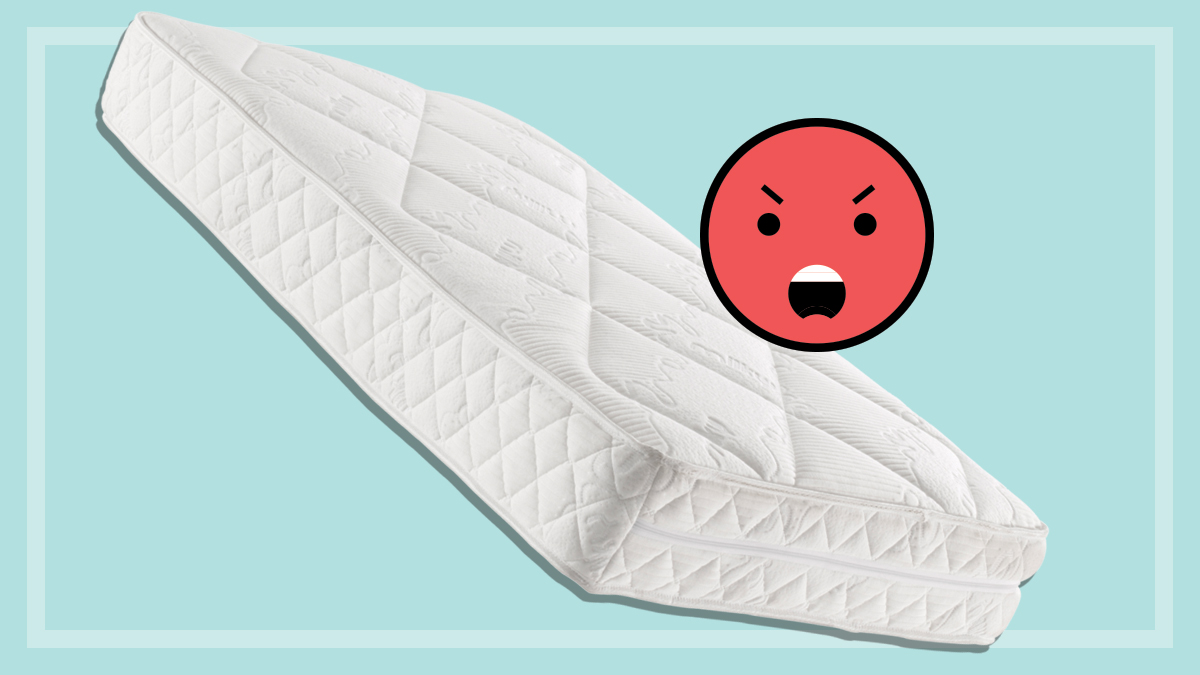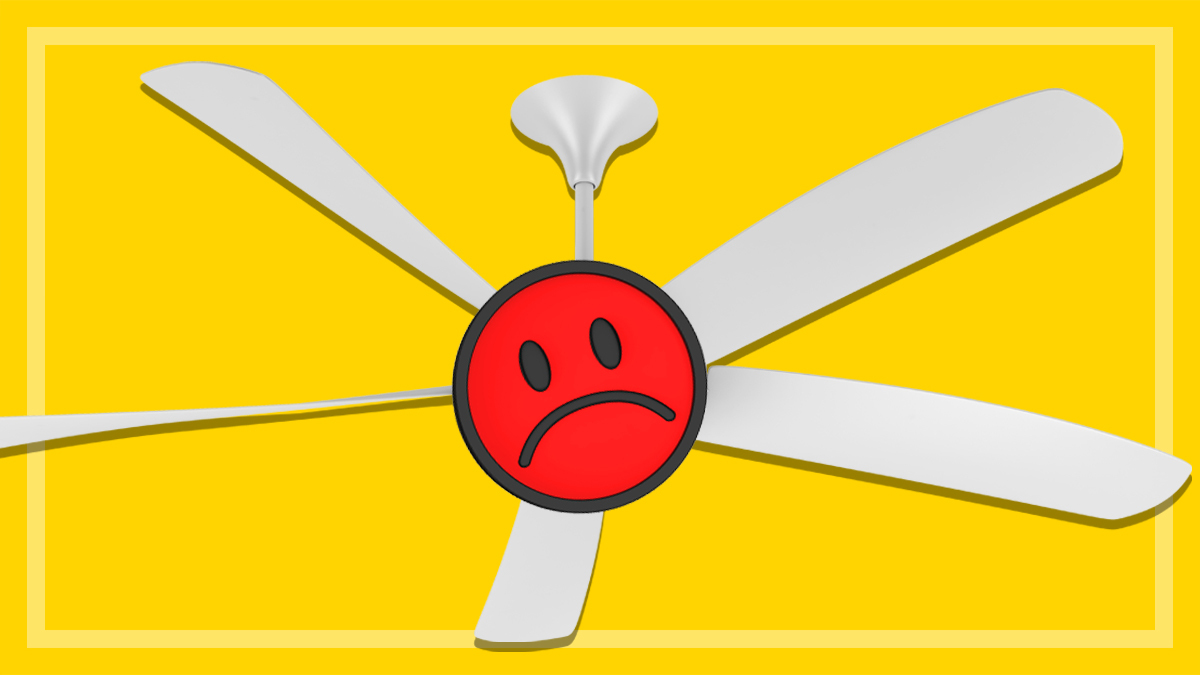How to use a slow cooker
Make friends with your slow cooker to reap the rewards in the cooler months.
Last updated: 4 Dec 2020
When just a couple of minutes of prep in the morning means coming home to dinner all but on the table in the evening, we call that a win!
Whether you’re a regular slow stewer, or your slow cooker just slowly gathers dust in the cupboard, these tips from CHOICE home economist Fiona Mair will help you get the best from this benchtop cooking appliance.
Prep
-
Ingredients used in slow cookers are inexpensive. Buying cheaper cuts of meat that require longer cooking times will give better flavour and a tender
result. (Take a look at our slow-cooked corned beef recipe that’s used in our slow cooker test.)
-
Dried legumes, beans and pulses are perfect for the slow cooker and are cheap to buy. Boil dry beans for at least 10 minutes beforehand to destroy
toxins that will otherwise survive the lower temperatures of a slow cooker (or soak overnight, then drain and rinse before using).
-
Most ingredients can be prepared the night before, reducing prep time in the morning.
-
For better flavour development, sear meats and cook off any spices before slow cooking. Some models of slow cookers let you sear in the slow cooker
bowl, and some have a bowl that can be placed directly on a stovetop. This means you won’t need to use a frypan as well, cutting down on washing up.
-
Food cut into similar-sized chunks will cook more evenly. It’s best to cut fast-cooking vegetables in larger pieces and add halfway through the cooking
time.
-
Condensation can build up under the lid which can increase the amount of liquid in the slow cooker and produce a watery sauce and weaker flavour. Add
less liquid than required initially. You can always thicken it at the end of cooking.
-
All food should be completely thawed, and perishable food should be kept refrigerated before putting it into the slow cooker. Read more refrigerator food safety tips in our fridge temperature guide.
Cooking
-
If you’ve left the slow cooker bowl in the fridge overnight because you’ve pre-prepared ingredients, take it out of the fridge at least a half hour
before turning on the machine, otherwise you may need to cook the meal for longer.
-
The auto-cook setting speeds up the cooking process slightly. It uses the high setting initially for approximately 30 minutes then reduces to low
setting for the remainder of the cooking time. This is useful if your slow cooker is at maximum capacity.
-
Add dairy products, cooked pasta and rice, fish or seafood in the last half hour of cooking so they don’t overcook. Avoid checking on the meal once
it’s started cooking. You’ll only extend the cooking time if you lift the lid and let the moisture and heat escape.
-
To convert a traditional recipe for a slow cooker, reduce the amount of liquid by half and increase the cooking time. One hour in the oven is equal to
about six to eight hours on low in a slow cooker.
-
Slow cookers can also be used for steamed puddings and baked custard. By adding water to the slow cooker bowl, the appliance can be used as a steamer,
bain marie or water bath.
-
A slow cooker can also be used to make fondues, preserves, chutneys and stocks.
-
Food can be left unattended to bubble away in the slow cooker for approximately 8 hours if on the low setting. There are slow cookers on the market
that have timers which can switch the machine to ‘keep warm’ at a set time.
- When cooking on high, keep an eye out for spillage. Condensation forms when the food heats up and, because all the lids are loose-fitting, it can splash out. So put your slow cooker where a few spills won’t matter, or keep an eye on it when cooking on high.
-
Increasing the temperature to high at the end of cooking and removing the lid can be useful if the dish requires a reduction in the liquid, thickening
with cornflour or you’re adding some leafy green vegetables.
Food safety tips
-
Throw away food if there’s a prolonged power failure while your meal is cooking, as it may be unsafe to eat.
-
Don’t keep food in the slow cooker for too long once it’s cooked. It needs to be kept hotter than 60°C (or cooler than 5°C) to avoid harmful
bacteria growth. Find out more about putting warm foods in the fridge in our article on how to load a fridge.
-
Don’t reheat leftovers in a slow cooker – use a microwave, cooktop or oven instead.
-
Remove strong odours and residue build-up on ceramic bowls with bicarb soda or vinegar diluted in water.
Related
Fiona Mair tests and compares appliances in the CHOICE kitchen lab, from ovens, cooktops, BBQ's and air fryers, to espresso machines, blenders, food processors, microwaves, frypans and more. Fiona is also involved in Test Research, to help manufacturers with their product development for kitchen appliances. Fiona also conducts and judges food taste tests and is a judge for Sydney Royal Fine Food Show. She develops consumer-focused recipes and technical methods for testing kitchen appliances.
Fiona has a degree in home economics and dietary supervision. Fiona has been at CHOICE since 1997 and previously worked as a dietary supervisor at a children's hospital.
Fiona wants to help people to save time and money in the kitchen, reduce waste and landfill and to enjoy eating foods they've prepared from scratch.
You can find me on LinkedIn.
Fiona Mair tests and compares appliances in the CHOICE kitchen lab, from ovens, cooktops, BBQ's and air fryers, to espresso machines, blenders, food processors, microwaves, frypans and more. Fiona is also involved in Test Research, to help manufacturers with their product development for kitchen appliances. Fiona also conducts and judges food taste tests and is a judge for Sydney Royal Fine Food Show. She develops consumer-focused recipes and technical methods for testing kitchen appliances.
Fiona has a degree in home economics and dietary supervision. Fiona has been at CHOICE since 1997 and previously worked as a dietary supervisor at a children's hospital.
Fiona wants to help people to save time and money in the kitchen, reduce waste and landfill and to enjoy eating foods they've prepared from scratch.
You can find me on LinkedIn.

